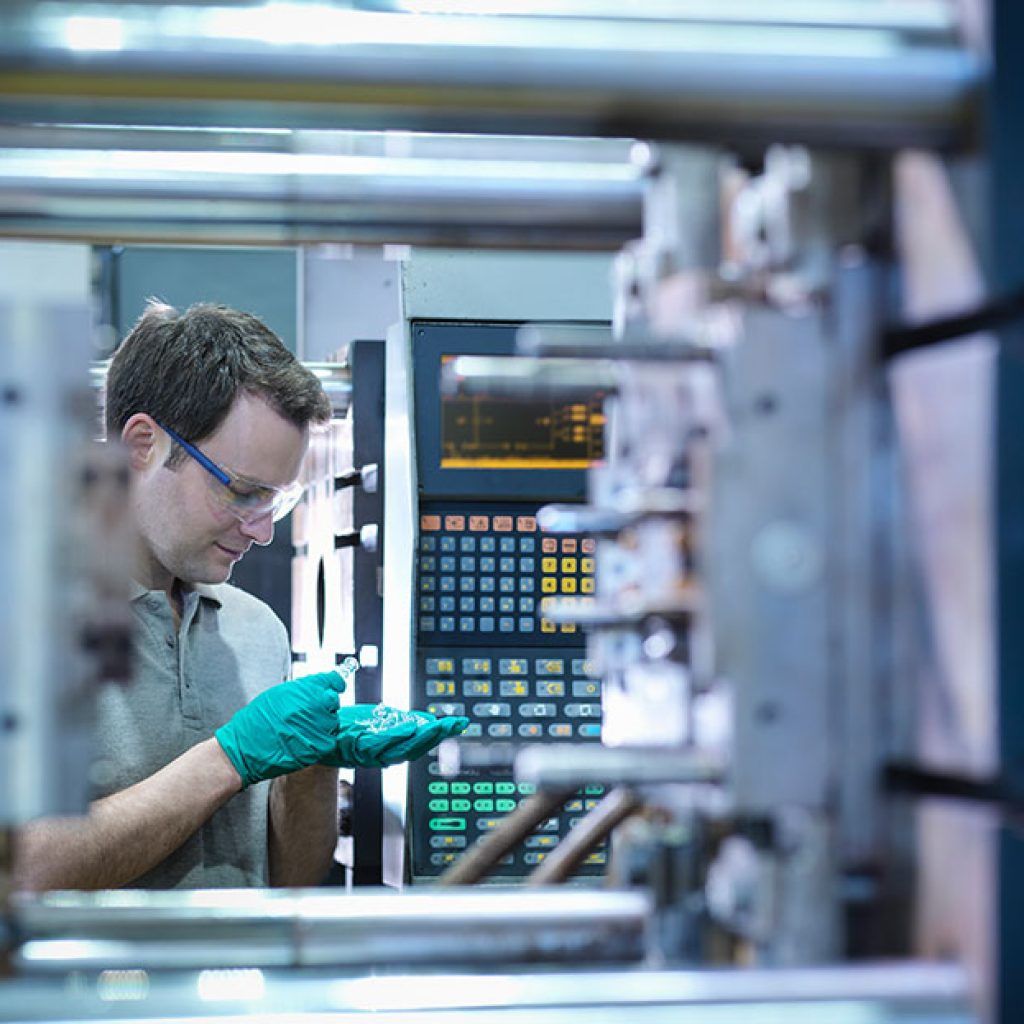
Types of plastic injection molds
The plastic injection technique in San Antonio allows the creation of plastic parts that are indispensable for the medical industry, automotive industry, etc.
But none of these parts would be possible without the production of plastic injection molds with the shape of the final product or part of it to allow the casting of the polymer.
An object of such importance deserves its information segment. Through the classification of the types of plastic injection molds in San Antonio, Precision Group brings you closer to the subject with today’s article.
What’s the classification of plastic injection molds?
Making a classification means that there are several types of something, and they are ordered according to our needs.
In the case of the classification of molds for plastic injection in San Antonio, we faced difficulty because there are not ten types of molds but hundreds and every day there are more depending on the industry.
For example: if the medical sector seeks the manufacture of prostheses through the plastic injection technique, there may be hundreds of molds depending on the type of prosthesis. The number of molds increases if the device evolves. Thus, it requires multiple lists depending on the industry, design, material, production, etc.
To simplify the task, we will focus on the general classification of plastic injection molds in San Antonio according to the number of parts and production method.
Plastic injection molds according to the number of cavities
The main goal of plastic injection molds is to contain the polymer until it cools down. Then both the mold and the pieces can be disassembled.
The complexity of the product will determine the number of pieces needed for the mold.
1. Single-cavity mold
One of the advantages of manufacturing products using the plastic injection molding technique in San Antonio is the possibility of creating objects with many details such as curvatures, thin grooves, holes for the insertion of other parts, etc.
However, talking about single-cavity molds for plastic injection in San Antonio, i.e., the hollow space inside the mold, they are reserved for manufacturing simple and preferably flat products that do not require separating the mold into different parts to emerge.
Nevertheless, they are used in manufacturing much more complex and larger products as well. Moreover, there are molds with multiple cavities made for manufacturing products in series.
2. Two-piece molds
These molds are used in complex designs formed by two separated molds which during the plastic injection process in San Antonio are assembled to contain the plastic.
Once they cool down, both pieces are removed giving a complete and resistant product.
Depending on the purpose of said product, it may be necessary to put it through an additional process such as polishing or assembly with other structures.
3. Molds of three or more pieces
Two-piece molds are usually twin faces of the product or section to be manufactured, but when their structure is complex or contains too many details, it will be necessary for the mold to be an amalgam of parts that can cover all the needs it requires.
Plastic injection molds according to their production
Now that you know a bit more about the number of pieces a mold can have, how are they manufactured to ensure maximum development during the plastic injection process in San Antonio?
There are at least two methods:
1. Conventional casting method
Known as the CNC machining process, for its acronym Computer Numerical Control, this technique of plastic injection mold manufacture relies on an automated commands system of a computer to control machine movements.
While the machine contains specific tools to manufacture molds in processes such as turning, milling, drilling, etc. With this manufacturing technique, there is no need for human intervention except in programming orders for the computer.
The advantages of this technique are plenty, such as:
- Creating molds for complex products.
- Decrease the error margin.
- Reduce costs and material waste.
- Automated cleaning.
- Lower accident rate of human personnel.
2. Electrical discharge machining
This method, as CNC machining, relies on the machine system to manufacture molds with details.
The difference is that the devices of this machine never touch the mold material during the manufacturing process because it is through a discharge of electrodes, wire, or any other electricity conductor that the materials are manipulated to give it the shape of the desired mold.
We hope this classification has helped you understand the importance of plastic injection molds. For more content, share our article and stay tuned to the updates on our blog.